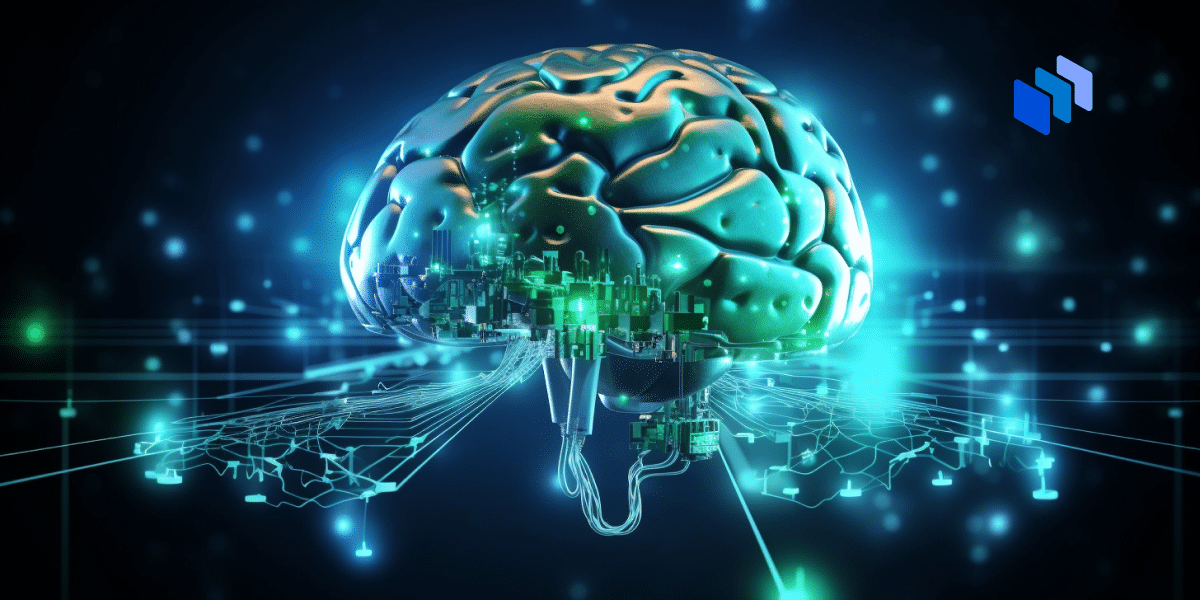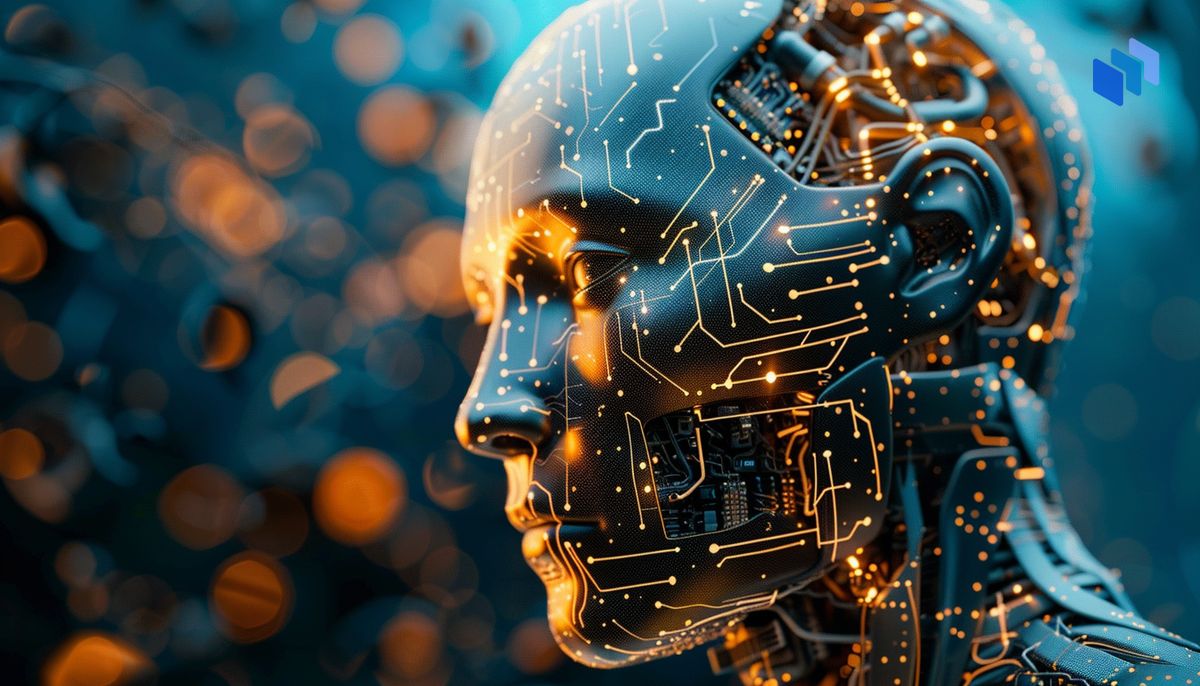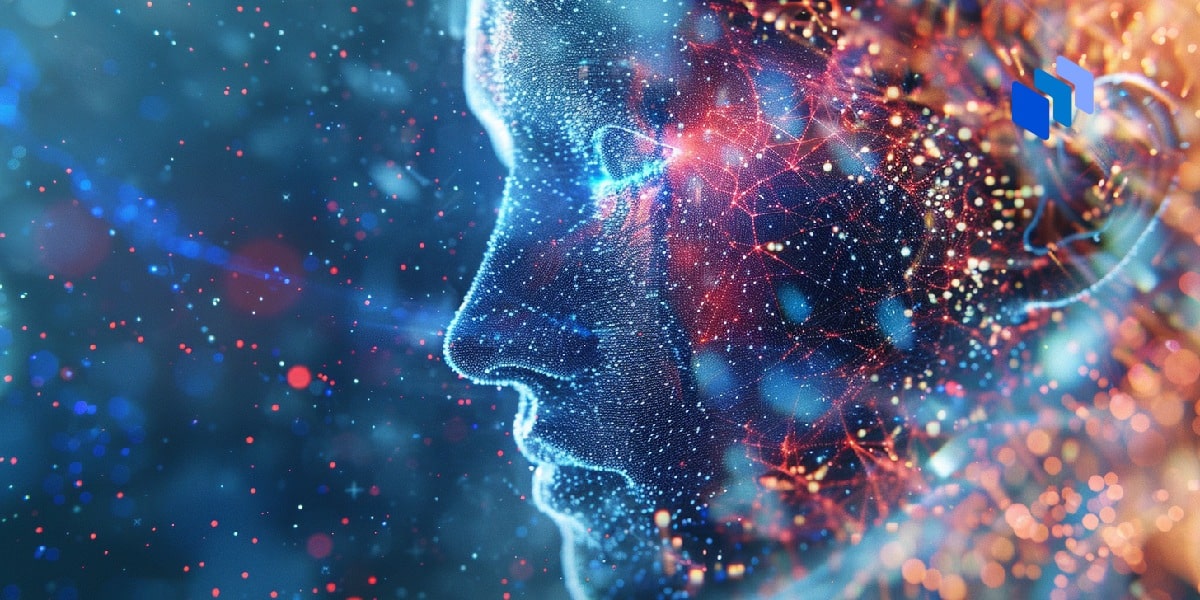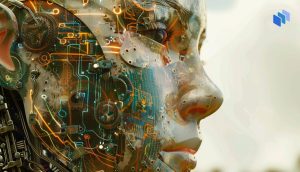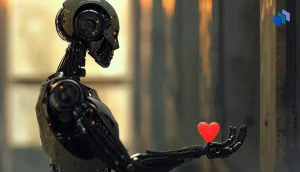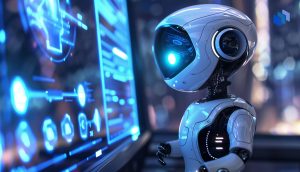Let’s say you ask ChatGPT to review a draft email and then write two different versions of it for you.
You ask for one that is formal in tone, structure, and language, while the other is more conversational and breezy.
ChatGPT returns the two draft emails precisely the way you wanted. It also modifies its response if you suggest follow-up changes. Isn’t it amazing? It’s like you’re talking to someone who can think and respond and pick up the context when asked about the same topic later.
You wonder, “How does it choose its words? And how does it know which words convey a specific tone and message?”
“How does it remember the context or thread of an earlier conversation?”
Let’s find out.
How Does ChatGPT Respond to Inputs?
ChatGPT follows two methods to find responses to your inputs – supervised and unsupervised.
Supervised Method
The supervised method provides or maps a constant response to a question, which makes it less taxing for ChatGPT to respond.
For example, if you ask, “How do I reset my Gmail account password?” the response is already mapped, and ChatGPT knows about it. All it does is return the response. Straightforward. Many such prompts don’t require ChatGPT to break a sweat.
However, the main limitation of this method is it’s impossible to script responses to every question that ChatGPT can be asked.
For example, can you script a response to a prompt like, “Create the description of a fictional character that roams an alien planet, finds itself stuck and lonely, and feels extremely homesick?”
Unsupervised Method
Let’s start the unsupervised method with the analogy of a child learning to identify birds.
You show the child pictures of various birds, and the child gradually learns to identify various parts of a bird, such as legs, beaks, eyes, and wings.
You continuously provide the child with pictures of various birds. After some time, the child not only identifies the parts correctly but also identifies various birds to the extent that it can distinguish between an Eagle and a Kingfisher, for example.
It will also learn nuances like all birds have eyes, but not all animals with eyes are birds.
Now, show the picture of a tiger and ask the child if that is a bird, and the child will be confident enough to reply in the negative.
ChatGPT goes through a kind of similar training. You continuously feed it data about various objects so that ChatGPT learns about the patterns, figures, and other details.
After some time, ChatGPT, much like the child, can identify the object. The various ways of learning are known as clustering, dimensionality, and anomaly reduction.
The unsupervised method is what makes ChatGPT a game-changer. Unlike the supervised method, no output is mapped to the input, and it is up to ChatGPT to figure out the information about the object.
Constant learning, clustering, anomaly detection, and dimensionality enable ChatGPT to understand prompts outside supervised learning and respond appropriately.
ChatGPT Simulates the Human Brain
What does that mean? Something known as the neural network powers ChatGPT’s amazing ability to understand sentences and words that human beings use.
Think of the neural network as the network of all the cells in the human brain. It’s an incredibly complex structure that enables highly sophisticated and complex working. Think about how your brain processes information or stimuli and responds.
Sentences and words, like those in conversations, are seldom structured and can be cryptic for an AI tool.
Let’s work this through with the example of an interview.
The interviewer asks: “How would you resolve a conflict between a product manager and a project manager over release deadlines?”
In this case, your brain would search for available information or experiences from the past – you might have handled similar situations in the past. Your brain will find the techniques used and assess their applicability in the current situation. Additionally, it will try to apply the best practices you learned from your experience and best practices.
The neural network that drives the learning capabilities of the ChatGPT does something similar. When you ask a question where the answer is not already mapped to an output, it harnesses its vast learning resources, finds patterns and applicability, and compels a reasonable response. All of these happen in a matter of a few seconds. Amazing, isn’t it?
Problems with ChatGPT Responses
As much as ChatGPT’s ability to choose responses seems amazing, it still has many limitations.
One, it may give biased responses, which can be controversial. It’s bound by the data it’s given for training.
For example, a Forbes article suggests that ChatGPT refused to write a poem on the American President Trump but wrote a poem on Biden. It can also hallucinate answers. It doesn’t know what it doesn’t know and can still generate wrong answers, which can be dangerous.
Lastly, it can’t understand the finer nuances of human communication, such as humor or satire in conversations that are not always obvious.
As a result, it may struggle to provide the responses you expect. It may give factually correct answers but may miss the nuances that are integral parts of human communication.
The Bottom Line
Limitations notwithstanding, having a tool or software trying to mimic the human brain is amazing. It’s fantastic to see that ChatGPT can pick up the context of a previous conversation and provide a decent answer. Who could have imagined that even ten years ago?
At its present state, ChatGPT is, at best, a work-in-progress tool. The controversies and criticism around its responses can best be handled by the evolution of the neural network that drives the technology. Its ability to choose better words and information will be driven by better datasets and faster evolution of the neural network. Better datasets will mean that ChatGPT will have more appropriate resources to choose from when responding to a prompt.
